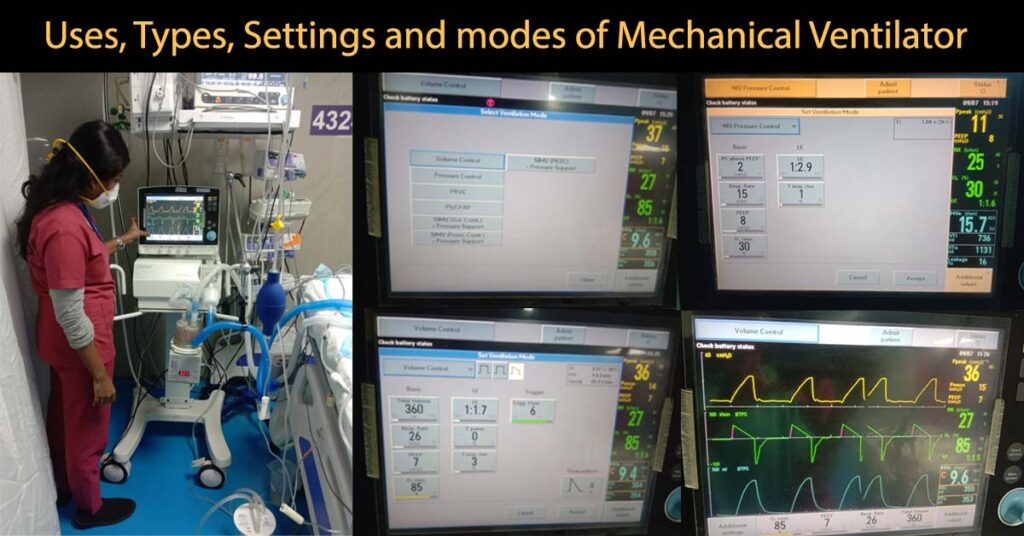
What is a Mechanical ventilator?
A mechanical ventilator is a machine, which provides artificial ventilation when the patient’s normal ventilation mechanism fails (Gives artificial breath when patient finds it difficult to breathe or unable to breathe on their own).
Ventilator provides oxygen and removes excess carbon dioxide (it acts as another lung).
Indication for mechanical ventilation: (When to start mechanical ventilation?)
- Acute hypoxemic (decreased oxygen levels in blood) respiratory failure
- Hypoventilation (breathes very slowly or very shallowly)
- Increased work of breathing
- Hemodynamic instability (abnormal body mechanisms due to disease condition)
- Cardio respiratory arrest (sudden loss of heart function)
- Flail chest (a part of rib cage is separated from rest of the chest wall due to severe trauma)
- Raised intracranial pressure (increased pressure inside the skull)
- Refractory shock (heart failure causes sudden drop in blood flow)
- Diseases like myasthenia gravis, motor neuron disease, guillain-barre syndrome
- Spinal cord injury
- Effect of drugs, anesthesia
What are the types of mechanical ventilation?
Ventilators are of 4 basic types.
- Negative pressure ventilator: Here a container encloses the whole body except the head (Iron Lung). Sucking out air from the container creates a negative pressure forcing the lung to expand, pulling air in to the lung.
- Pressure cycled ventilator: Air is pushed in to the lung in a preset pressure which follows passive expiration.
- Volume cycled ventilator: This type is the most commonly used. The ventilator delivers a preset volume of air and stops to allow passive expiration.
- High frequency ventilator: Here high respiratory rate with small tidal volume is used to keep the alveoli ventilated. Small tidal volume reduces barotraumas and cardiovascular damages.
Mechanical ventilators can be Invasive or Non Invasive
What is invasive ventilation?
In invasive ventilation air/oxygen is delivered through a tube placed inside the windpipe (Endo-tracheal intubation) or through Tracheostomy.
What is non-invasive ventilation?
In Non-invasive ventilation air or oxygen is delivered via a face mask avoiding endo-tracheal intubation.
What are ventilator settings?
Basic display orders in ventilator settings:
- Fio2 ( fraction of inspired oxygen )
Amount of oxygen present in the inspired air.
Normal range (21%-100%).
- Respiratory Rate ( RR )
complete one count of inspiration and expiration for one minute ( breathing rate ).
Respiratory rate is different for adults and neonates (newborns).
Normal Range of RR for adult: 12 – 16 breaths/minutes
Normal Range of RR for neonates: 40-60 breaths/minutes
- Tidal volume ( VT )
Volume of air present during normal inspiration and expiration.
Normal range: 4 – 8 ml per kg body weight (approximately 500ml)
- PEEP ( positive end expiratory pressure )
Pressure in the alveoli at the end of expiration. It prevents alveoli collapse.
Normal range: 5cmH2o – 10cmH2o.
What are the modes of ventilation? and What are the uses of the modes?
- Continuous mandatory ventilation (CMC).
- Assist – control ventilation (ACV).
- Intermittent mandatory ventilation (IMV).
- Synchronize intermittent mandatory ventilation (SIMV).
- Pressure support ventilation (PSV).
- Continuous positive pressure ventilation (CPAP).
- Bi-level positive pressure ventilation (BIPAP).
- Continuous Mandatory Ventilation (CMV): This mode delivers a preset tidal volume at a preset rate.CMV prevents patient to breathe on his own.
- Assist control ventilation: This mode is used in patients with normal respiratory drive with weak respiratory muscles. The machine assists the patient’s effort and provides ventilation according to the patient’s need.
- Intermittent Mandatory Ventilation: In IMV patient can initiate breathe between mandatory ventilations and the machine will deliver oxygenated air to support the breath.
- Synchronize intermittent mandatory ventilation (SIMV) synchronizes machine induced breaths with patient’s spontaneous breath. If the patient could not breathe within the preset time the device delivers a mandatory breath.
- Pressure support Ventilation: Here the machine delivers positive pressure when the patient takes a breath of his own. The patient determines the rate.
- Continuous positive pressure ventilation (CPAP) Provides continuous positive pressure to the upper airway, to keep the airway open and prevent airway and alveoli collapse.
- Bi-level positive pressure ventilation (Bi-PAP) As CPAP, Bi-PAP provides positive pressure ventilation but it delivers different pressures (bi-level) during inhalation and exhalation. Inhalation pressure is between 8 to 10 cms of water and Exhalation pressure is between 2 to 4 Cms of water. Both CPAP and BIPAP are called as Non Invasive Ventilators.
What is weaning?
Weaning is the gradual withdrawal of ventilator support. Weaning is started when the cause is treated successfully.
What are the complications of Mechanical Ventilation?
The common complications of mechanical ventilation are: airway trauma, airway malfunction, acid base disturbances, oxygen toxicity, arrhythmias, barotraumas, infection, pneumothorax etc.

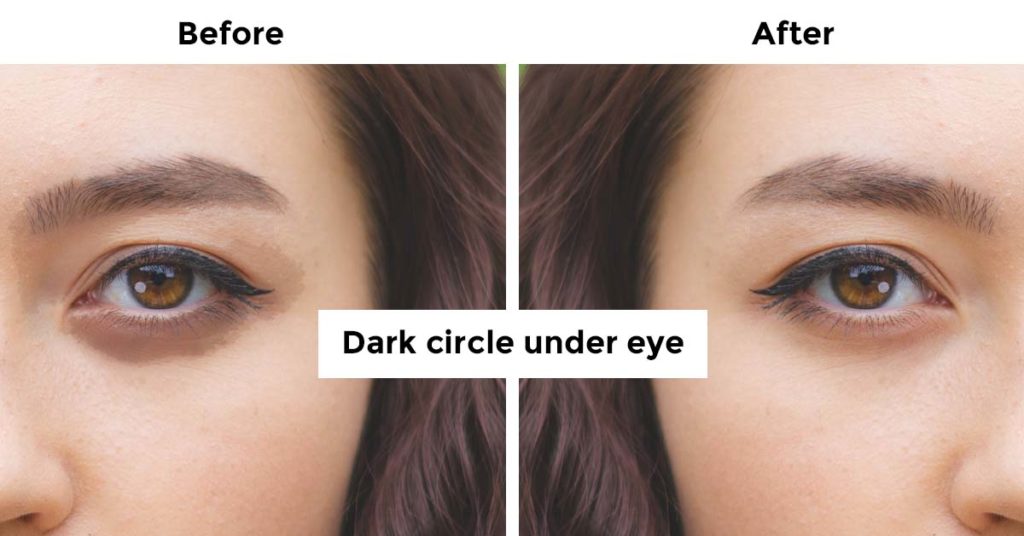

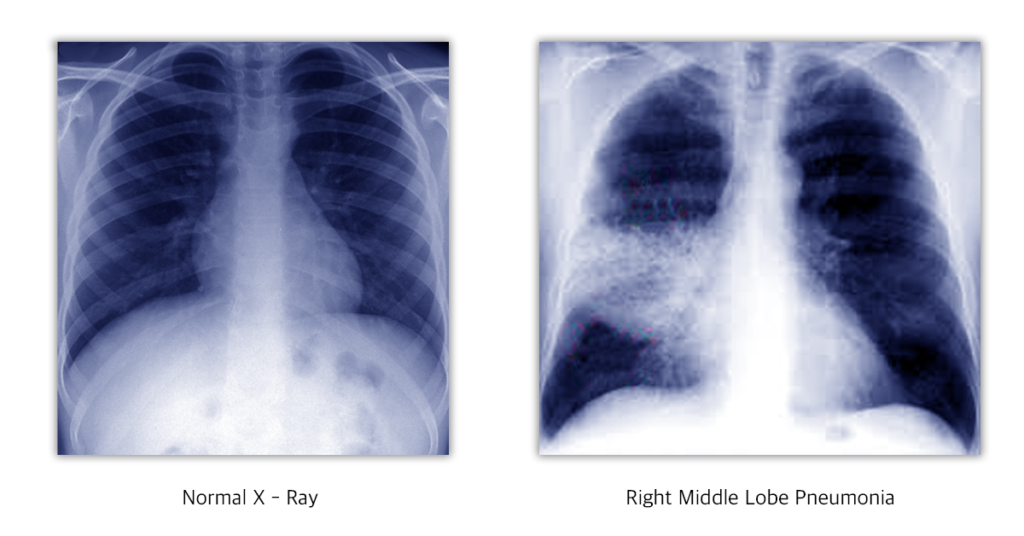

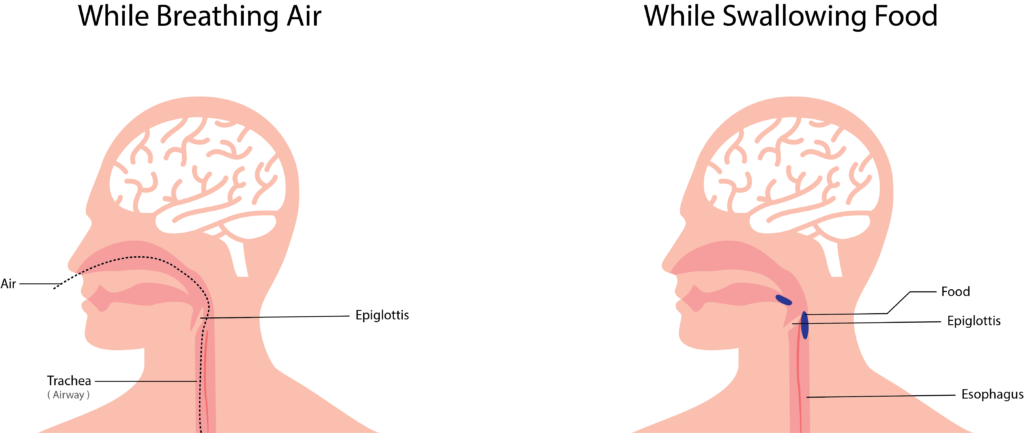
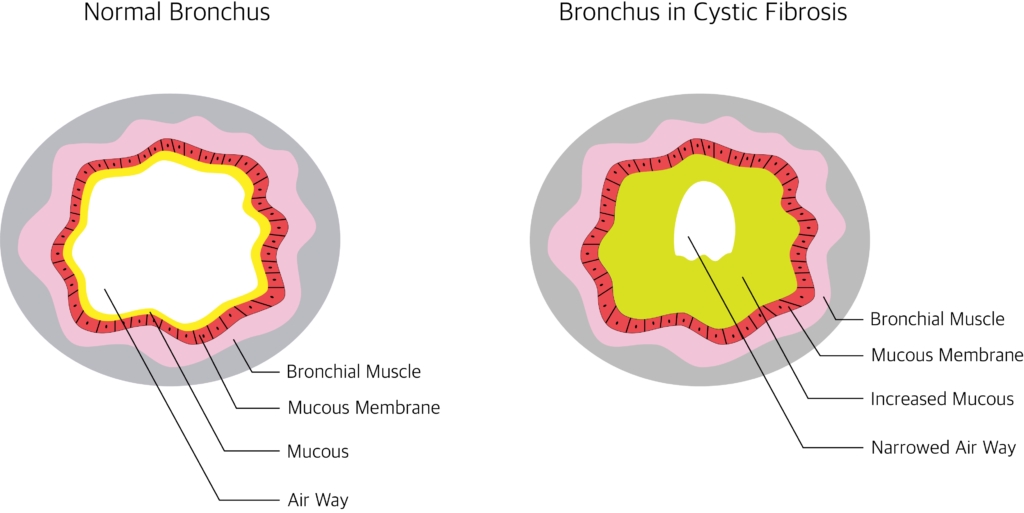
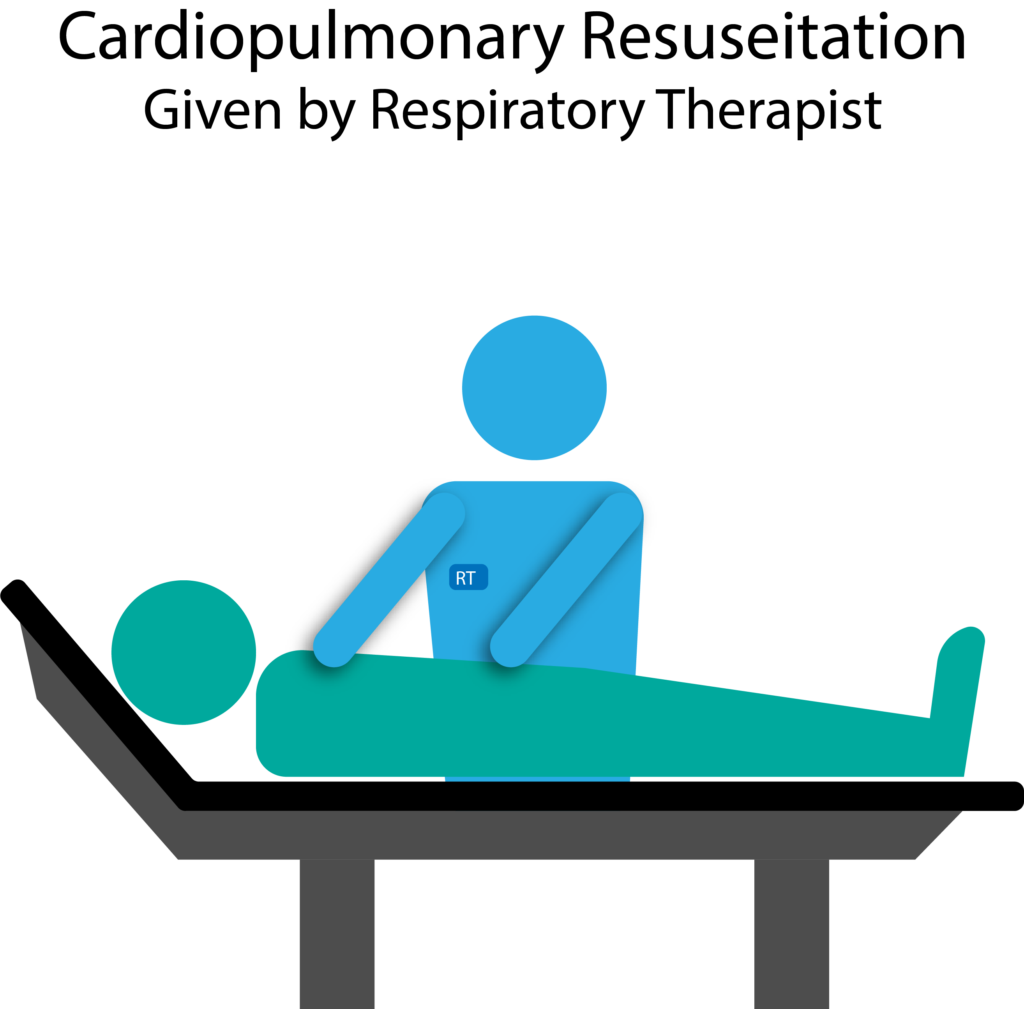

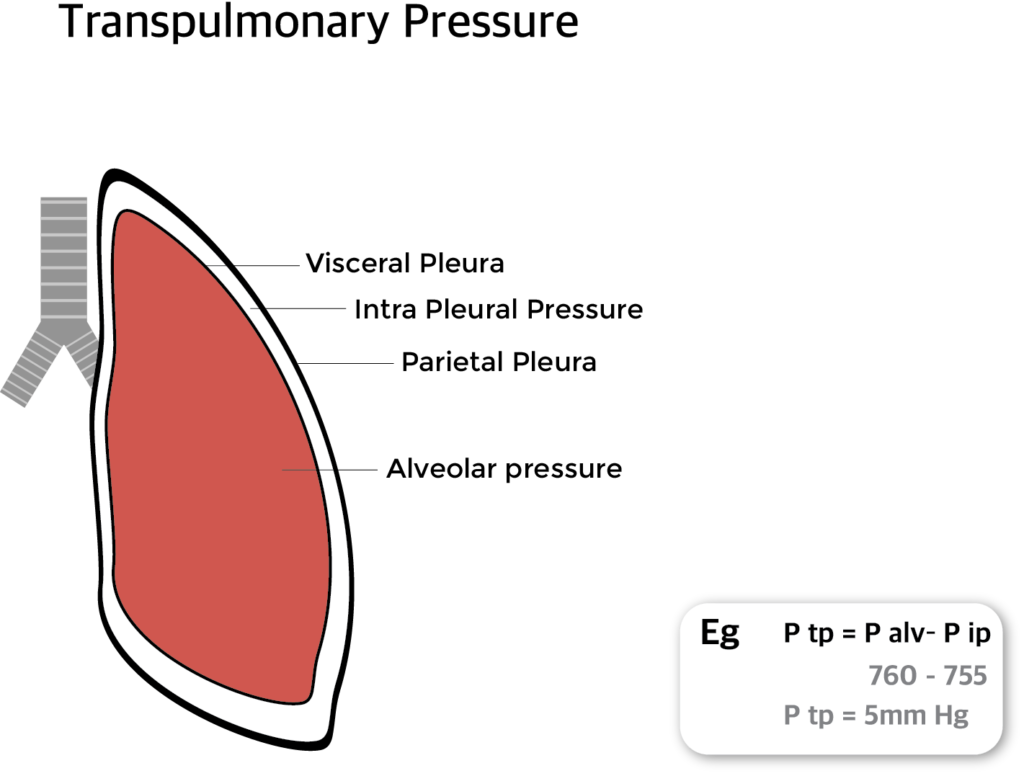
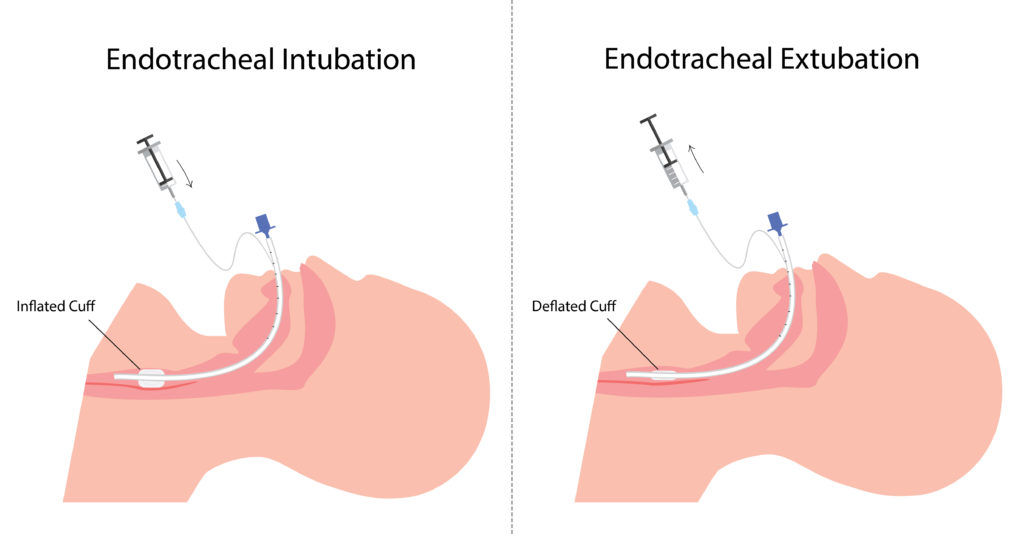
Sooper kuttyma l knew more details about the mechanical ventilator